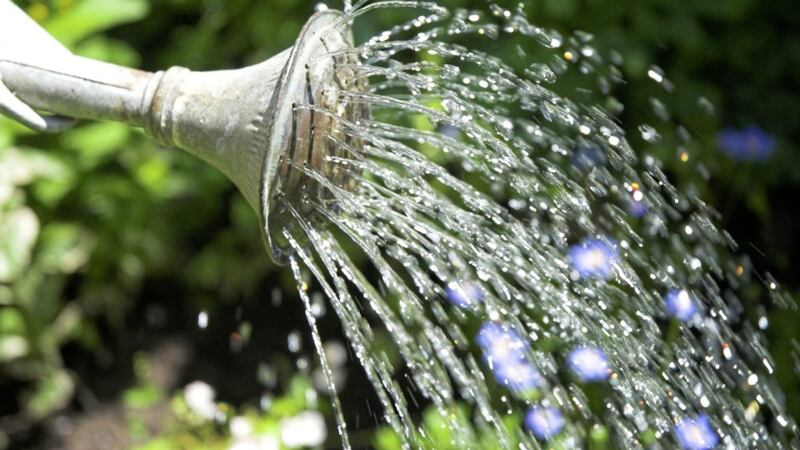IRELAND’S location on northern Europe’s Atlantic seaboard means we rarely have a shortage of rainfall. The prevailing winds from the south west bring moist air which is then deposited from the clouds once they reach land. It is these relatively high levels of rain that feed the island’s vegetation, imbuing it with ‘40 shades of green’ and literally precipitating its international reputation as the ‘Emerald Isle’.
However, the recent spell of warm, dry weather has, in places, robbed the landscape of its usual verdant quality, replacing it with many shades of golden brown aridness.
The prolonged heatwave has also seen the imposition of a hosepipe ban on both sides of the border. It’s worth noting that there isn’t a shortage of water per se but rather water that’s fit to drink. Before it can be piped to your tap, the water needs to be treated to ensure it no longer contains harmful levels of e-coli, herbicides and other toxins. So it’s treated water – around one per cent of Ireland’s water – that is currently in short supply.
To compound the problem, the hot weather also sees demand for water rise as people use it to cool off, while farmers require greater amounts for livestock and crops.
The ban introduced in the north last week by NI Water means gardeners are prohibited from watering outdoor plants using a hosepipe and from using a hosepipe to fill or top up a pond. Those who ignore the ban face a fine of up to £1,000.
The ban doesn’t apply to the use of watering cans, but it’s unclear whether you are permitted to fill your watering can using a hosepipe.
The implications for gardeners could be serious and at the very least inconvenient. It’s not understating things to describe water as a plant’s lifeblood, serving three key functions in its life cycle.
Firstly, it is through water that the plant receives its minerals and food. Water also provides structural stability to the non-woody parts of the plant, filling the vacuoles in the cells, as well as being an important element in chemical reactions such as photosynthesis.
Different types of soil hold water better than others. Clay has a high water holding capacity, whereas sandy soil doesn’t. Neither of these two extremes makes a good tilth, which is why adding organic matter, such as homemade compost, is recommended to create something in the middle that will be the much-sought-after free-draining, water-retentive soil.
If a plant doesn’t receive adequate water then it won’t reach its full potential or will take much longer to grow. If deprived of water during an especially warm period, the plant is likely to wilt as the vacuoles in the cells empty.
You can mitigate against drought conditions in a number of ways. The most straightforward way is to harvest your own rainwater by using a butt (large container) connected to a downward drainpipe. It’s unlikely a single butt, no matter how large and how full at the outset of this particular dry spell, would meet all your watering needs, especially if you're growing particularly thirsty crops like tomatoes and potatoes.
Hooking up several butts, including one each for the garage, garden shed and greenhouse, if applicable, should help ensure you have an adequate supply.
If you fear such drought conditions will become the summer norm thanks to climate change then perhaps the best strategy is to create a Mediterranean style garden with drought-resistant plants. Lavender, sedum, ornamental grass such as Stipa tenuissima ‘Pony Tails’ are just some of the plants unaffected by a prolonged lack of rain.








